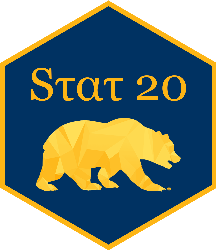Taxonomy of Data
Concept Questions
There’s no escape from the bird…
Images as data
Images are composed of pixels (this image is 1520 by 1012)
The color in each pixel is in RGB
![]()
Each band takes a value from 0-255
This image is data with 1520 x 1012 x 3 values.
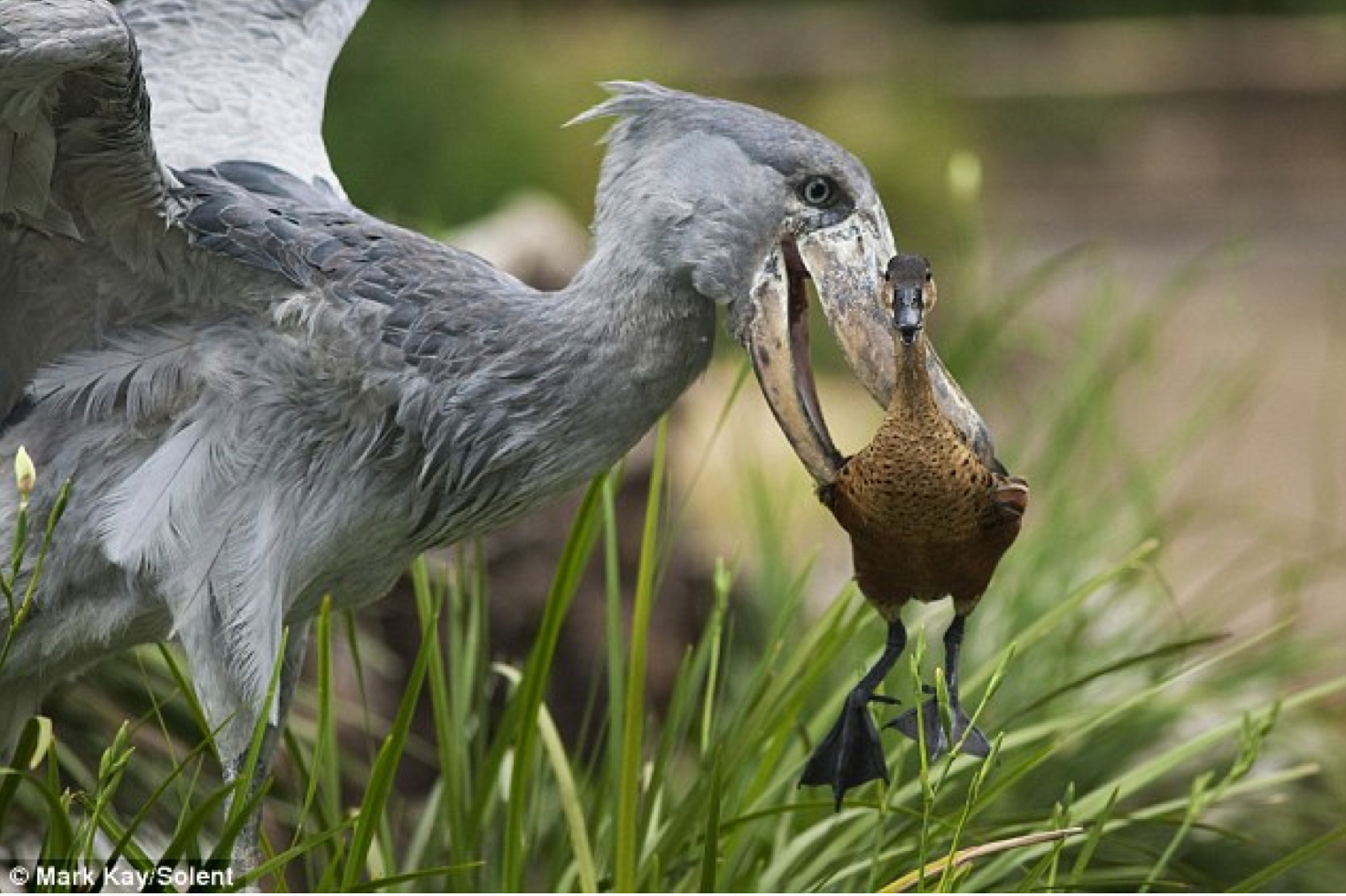
Grayscale
- Grayscale images have only one band
- 0 is black, 255 is white
- This image is data with 1520 x 1012 x 1 values.
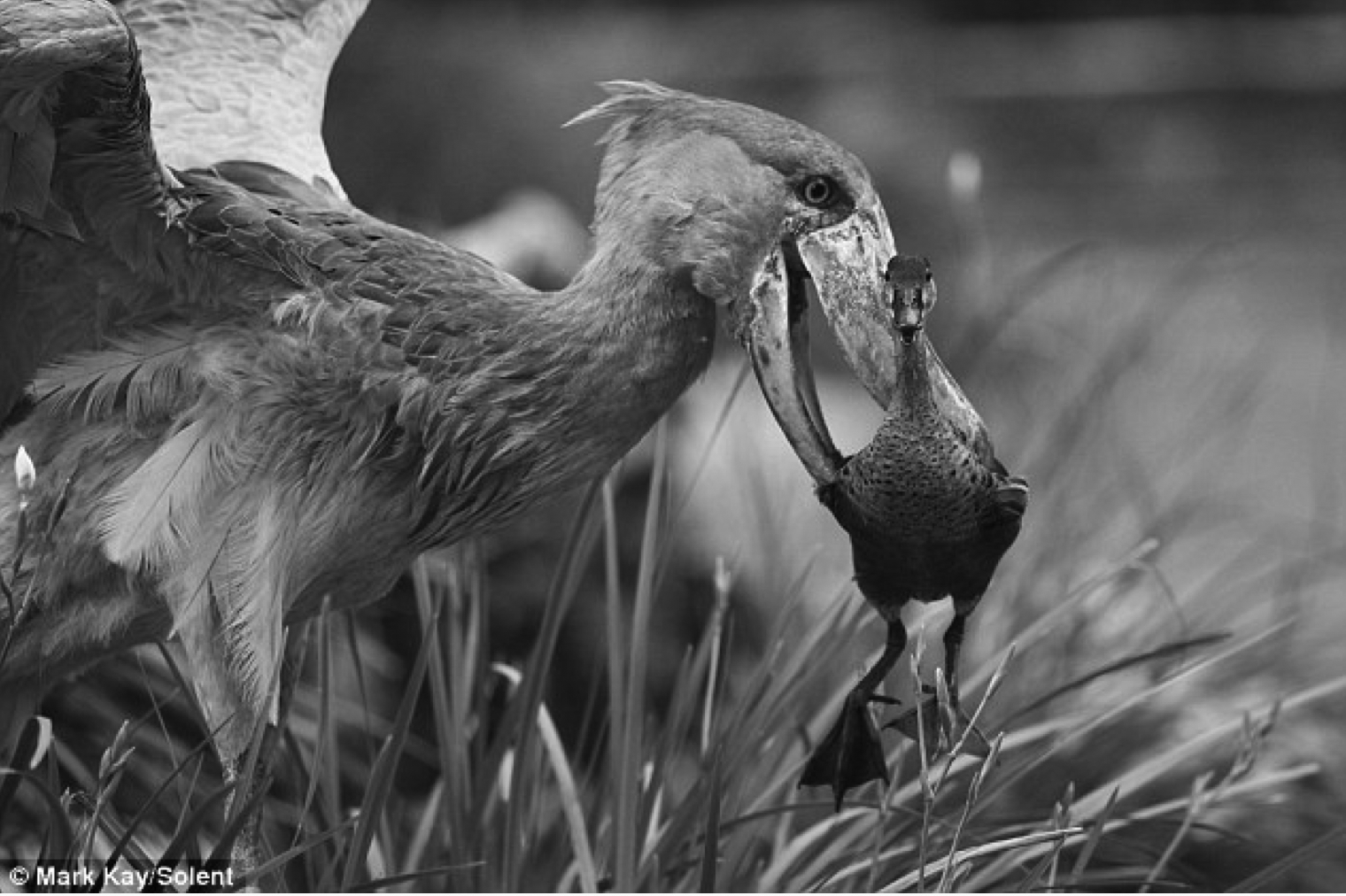
Grayscale
- To simplify, assume our photos are 8 x 8 grayscale images.

Images in a Data Frame
Consider the following images which are our data:

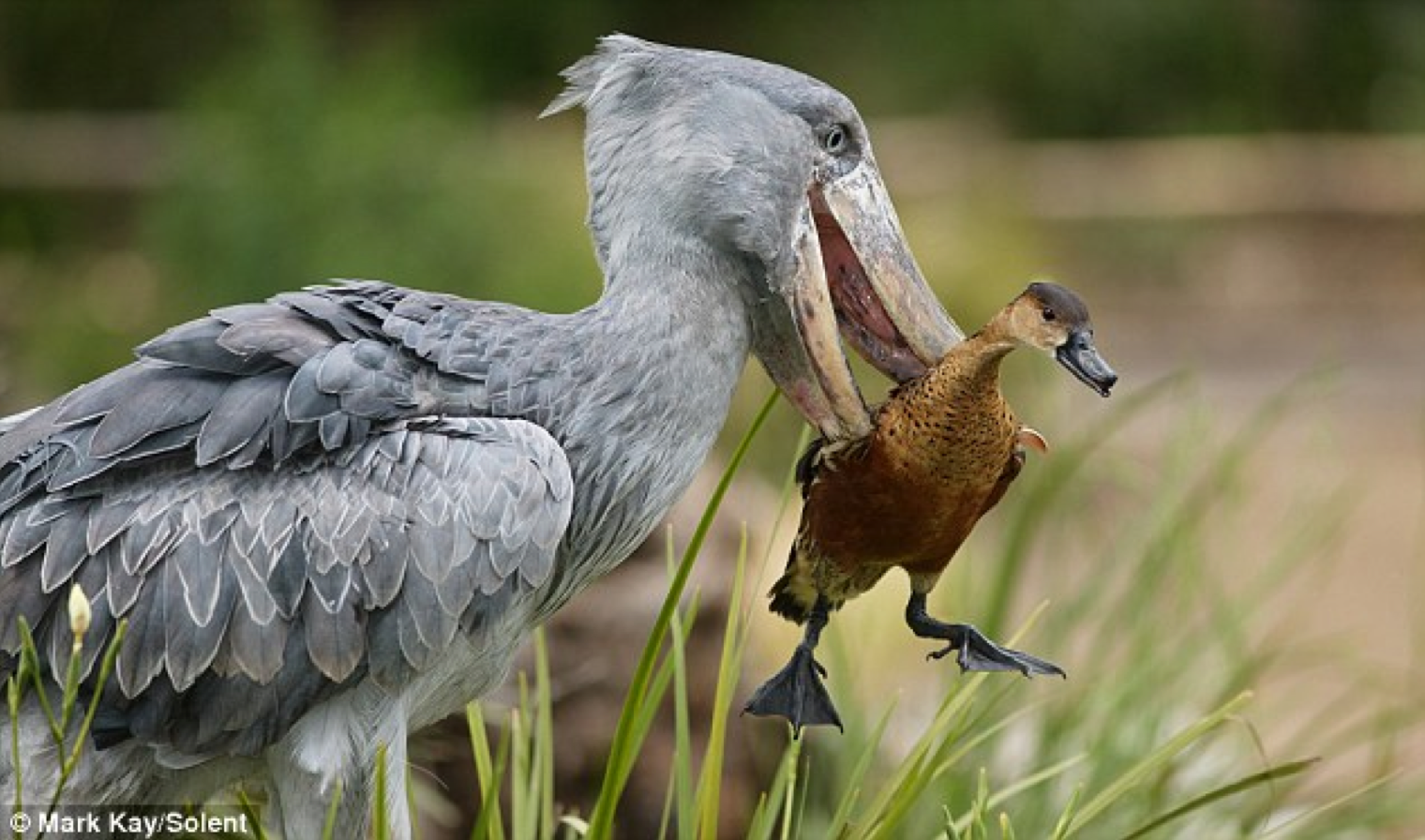
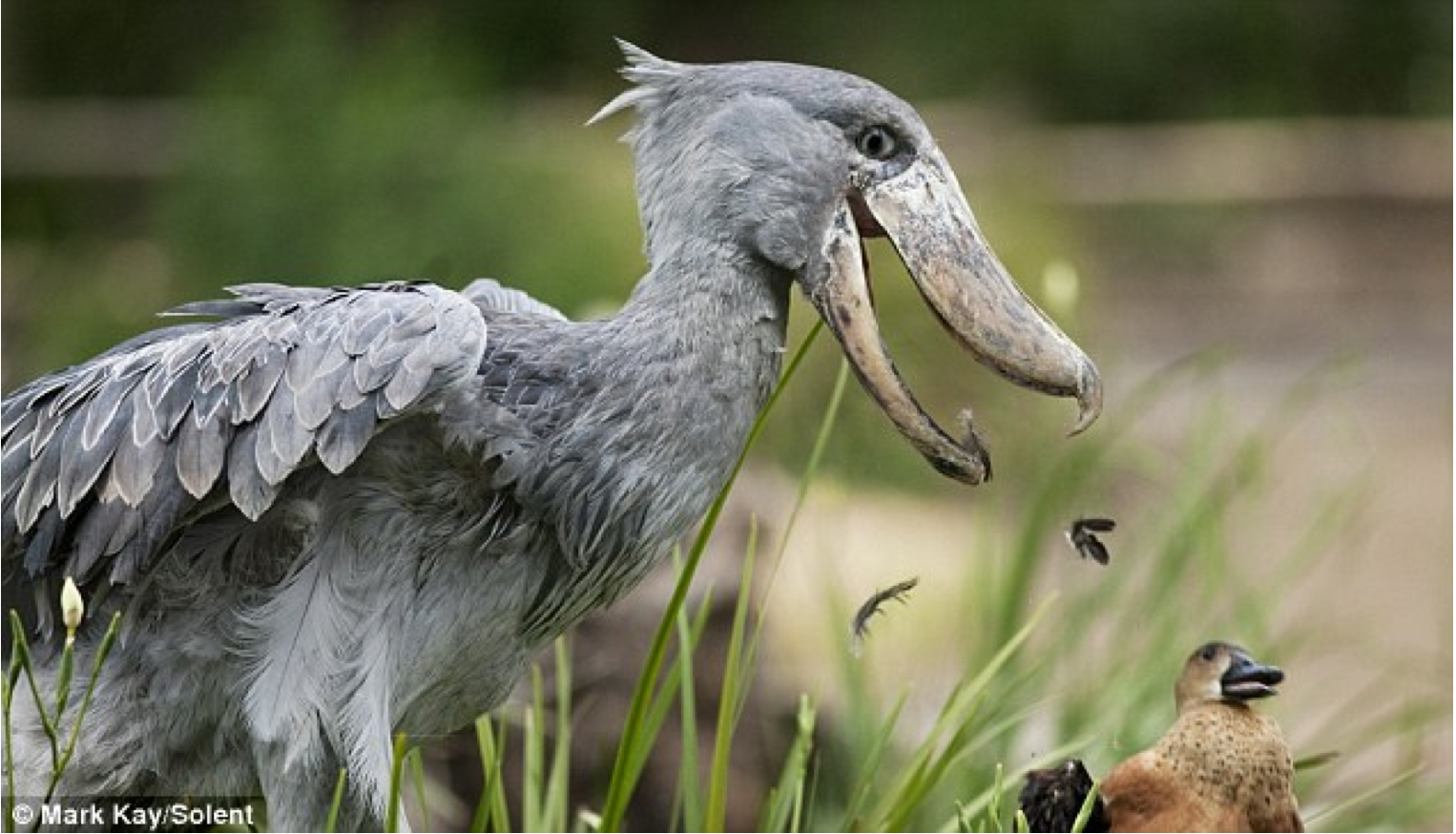
- Let’s simplify them to 8 x 8 grayscale images
Images in a Data Frame



If you were to put the data from these (8 x 8 grayscale) images into a data frame, what would the dimensions of that data frame be in rows x columns? Answer at pollev.com.
01:00
Concept Question
A note on variables
There are three things that “variable” could be referring to:
- a phenomenon
- how the phenomenon is being recorded or measured into data
- what values can it take? (this is often an intent- or value-laden exercise!)
- for numerical units, what unit should we express it in?
- How the recorded data is being analyzed
- might you bin/discretizing income data? what are the consequences of this?
- For the following question, you may work under the second definition.
What type of variable is age?
Match each of the scenarios where age could be a variable, on the next three slides, to the most appropriate taxonomy according to the Taxonomy of Data.
What type of variable is age? (Part 1)
- Ages of television audiences/demographics
Answer at pollev.com.
00:30
What type of variable is age? (Part 2)
- Ages of UC Berkeley students
Answer at pollev.com.
00:30
What type of variable is age? (Part 3)
- The age of a rock
Answer at pollev.com.
00:30
Worksheet: Taxonomy of Data
20:00
Break
05:00
R Workshop
- Time to make a series of educated guesses. Close your laptops!
Educated Guess 1
What will happen here?
Answer at pollev.com/<name>
01:00
Educated Guess 2
What will happen here?
Answer at pollev.com/<name>
01:00
Educated Guess 3
What will happen here?
Answer at pollev.com/<name>
01:00
Educated Guess 4
What will happen here?
Answer at pollev.com/<name>
01:00
Functions on vectors
A vector is the simplest structure used in R to store data. It can be created using the function c().
Your Turn
Create a vector named
vecwith the even integers between 1 and 10 as well as the number 99 (six elements total).Find the sum of that vector.
Find the max of that vector.
Take the mean of that vector and round it to the nearest integer.
These should all be solved with R code. If you don’t know the name of a function to use, you could hazard a guess by looking for a help file (e.g. ?sum) or google it.
05:00
Working in a qmd file
Working in a new .qmd file allows you to save your code for later.
Demo
- Create a new qmd file from the RStudio menu, name it, and save it.
- Insert a new code cell.
- Write your code into the cell.
- Render the document.
Building a data frame
You can combine vectors into a data frame using data.frame()1
Your Turn
Create a new .qmd file, name it, and save it.
Insert a new code cell.
Create three vectors,
name,hometown, andsibs_and_petsthat contain observations on those variables from 6 people in this class.Combine them into a data frame called
my_classmates.
06:00
